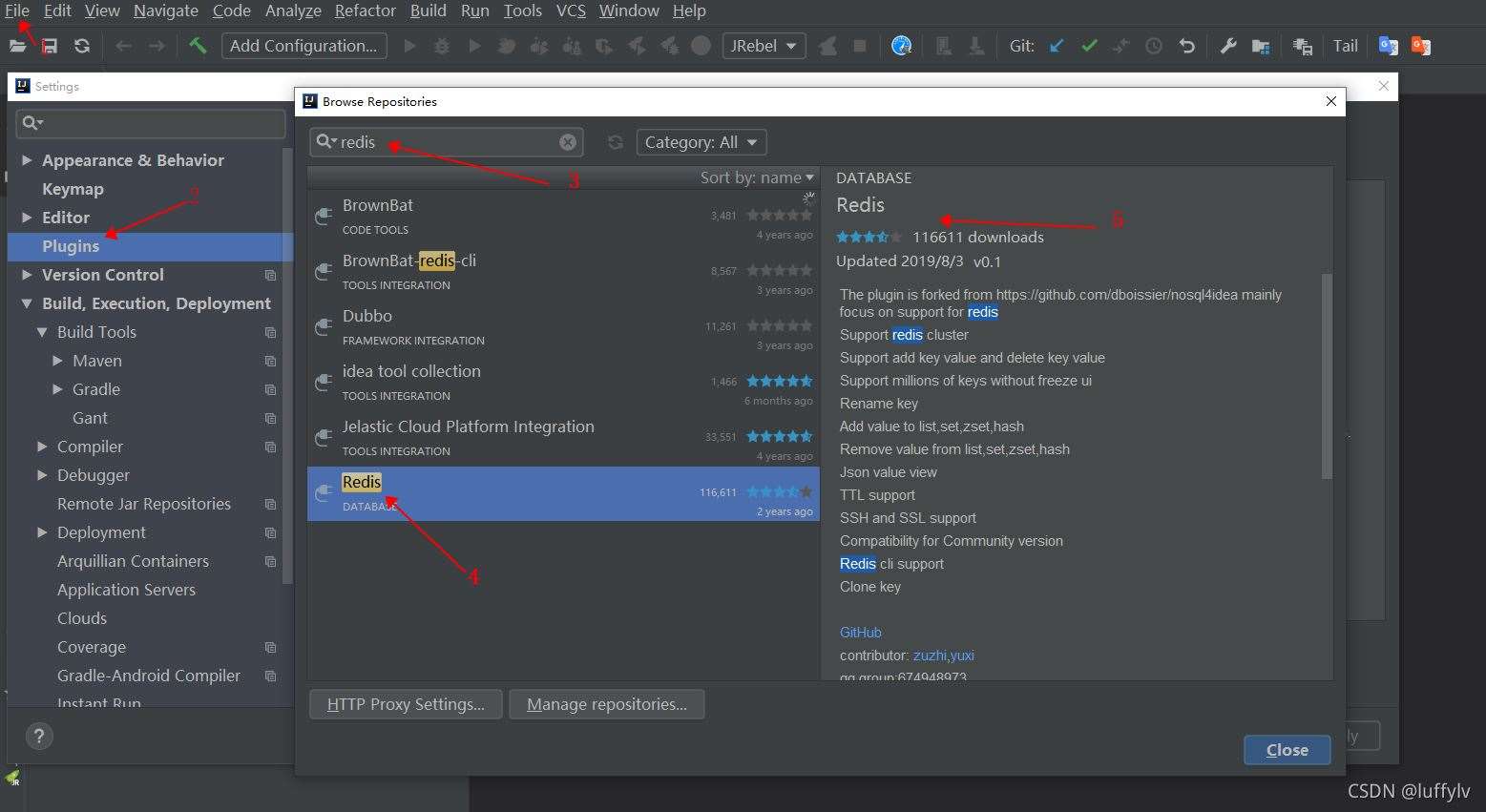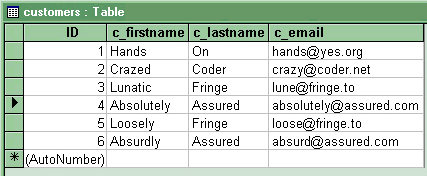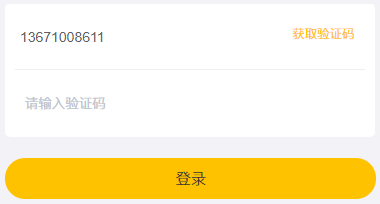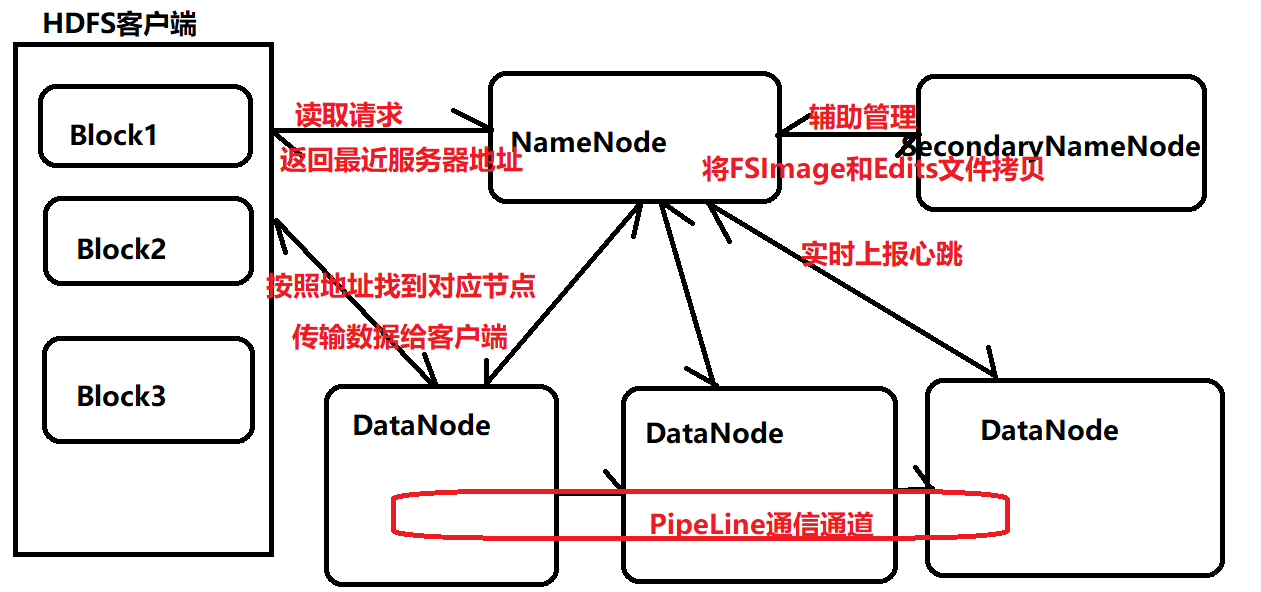引言
在日常的开发中,除了使用 Spring Boot 这个企业级快速构建项目的框架之外,随着业务数据量的大幅度增加,对元数据库造成的压力成倍剧增。在此背景下, Redis 这个 NoSQL 数据库已然整个项目架构中的不可或缺的一部分,懂得如何 Spring Boot 整合 Redis ,是当今开发人员必备的一项技能,接下来对整合步骤进行详细说明。
一、环境准备
在开始开发之前,我们需要准备一些环境配置:
- jdk 1.8 或其他更高版本
- 开发工具 IDEA
- 管理依赖 Maven
- Redis环境,推荐linux系统中搭建redis环境
二、构建Spring Boot项目
打开 idea -> file -> Nwe -> Project ,如图,勾选填写相关的配置信息:
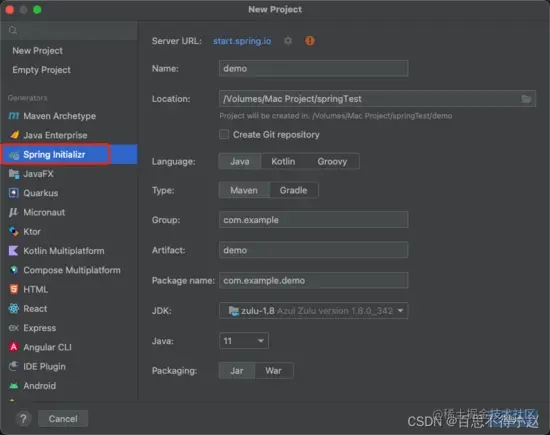
勾选一些初始化的依赖配置:

Spring Boot项目初始化完成。
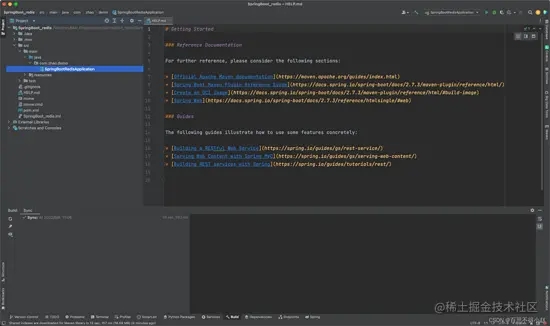
三、引入Redis依赖
构建完成Spring Boot项目工程之后,需要在 pom.xml 文件中引入 redis 相关依赖
<!-- redis --> <dependency> <groupId>org.springframework.boot</groupId> <artifactId>spring-boot-starter-data-redis</artifactId> </dependency> <!-- spring2.X集成redis所需common-pool2--> <dependency> <groupId>org.apache.commons</groupId> <artifactId>commons-pool2</artifactId> <version>2.6.0</version> </dependency>
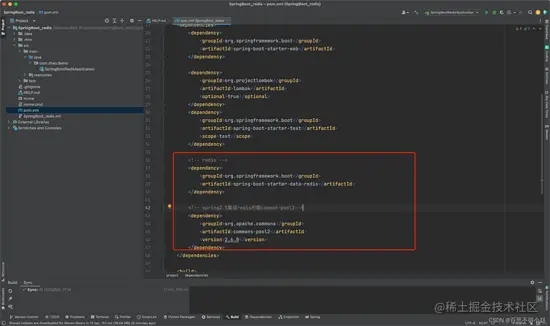
四、Reds相关配置
将redis相关的依赖引入到项目中之后,需要对redis进行一些配置,在 application.properties配置redis:
# Redis服务器地址 spring.redis.host=自己搭建的redis服务器的 IP # Redis服务器连接端口 spring.redis.port=6379 # Redis数据库索引(默认为0) spring.redis.database= 0 # 连接超时时间(毫秒) spring.redis.timeout=1800000 # 连接池最大连接数(使用负值表示没有限制) spring.redis.lettuce.pool.max-active=20 # 最大阻塞等待时间(负数表示没限制) spring.redis.lettuce.pool.max-wait=-1 # 连接池中的最大空闲连接 spring.redis.lettuce.pool.max-idle=5 # 连接池中的最小空闲连接 spring.redis.lettuce.pool.min-idle=0
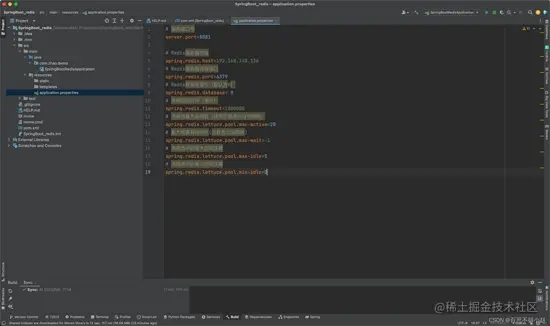
五、添加Redis配置类
对Redis相关配置完成后,添加Redis配置类,(拿来即用):
package com.zhao.demo.config;
import com.fasterxml.jackson.annotation.JsonAutoDetect;
import com.fasterxml.jackson.annotation.PropertyAccessor;
import com.fasterxml.jackson.databind.ObjectMapper;
import org.springframework.cache.CacheManager;
import org.springframework.cache.annotation.CachingConfigurerSupport;
import org.springframework.cache.annotation.EnableCaching;
import org.springframework.context.annotation.Bean;
import org.springframework.context.annotation.Configuration;
import org.springframework.data.redis.cache.RedisCacheConfiguration;
import org.springframework.data.redis.cache.RedisCacheManager;
import org.springframework.data.redis.connection.RedisConnectionFactory;
import org.springframework.data.redis.core.RedisTemplate;
import org.springframework.data.redis.serializer.Jackson2JsonRedisSerializer;
import org.springframework.data.redis.serializer.RedisSerializationContext;
import org.springframework.data.redis.serializer.RedisSerializer;
import org.springframework.data.redis.serializer.StringRedisSerializer;
import java.time.Duration;
/**
* @author xiaoZhao
* @date 2022/9/6
* @describe
*/
@EnableCaching
@Configuration
public class RedisConfig extends CachingConfigurerSupport {
@Bean
public RedisTemplate<String, Object> redisTemplate(RedisConnectionFactory factory) {
RedisTemplate<String, Object> template = new RedisTemplate<>();
RedisSerializer<String> redisSerializer = new StringRedisSerializer();
Jackson2JsonRedisSerializer jackson2JsonRedisSerializer = new Jackson2JsonRedisSerializer(Object.class);
ObjectMapper om = new ObjectMapper();
om.setVisibility(PropertyAccessor.ALL, JsonAutoDetect.Visibility.ANY);
om.enableDefaultTyping(ObjectMapper.DefaultTyping.NON_FINAL);
jackson2JsonRedisSerializer.setObjectMapper(om);
template.setConnectionFactory(factory);
//key序列化方式
template.setKeySerializer(redisSerializer);
//value序列化
template.setValueSerializer(jackson2JsonRedisSerializer);
//value hashmap序列化
template.setHashValueSerializer(jackson2JsonRedisSerializer);
return template;
}
@Bean
public CacheManager cacheManager(RedisConnectionFactory factory) {
RedisSerializer<String> redisSerializer = new StringRedisSerializer();
Jackson2JsonRedisSerializer jackson2JsonRedisSerializer = new Jackson2JsonRedisSerializer(Object.class);
//解决查询缓存转换异常的问题
ObjectMapper om = new ObjectMapper();
om.setVisibility(PropertyAccessor.ALL, JsonAutoDetect.Visibility.ANY);
om.enableDefaultTyping(ObjectMapper.DefaultTyping.NON_FINAL);
jackson2JsonRedisSerializer.setObjectMapper(om);
// 配置序列化(解决乱码的问题),过期时间600秒
RedisCacheConfiguration config = RedisCacheConfiguration.defaultCacheConfig()
.entryTtl(Duration.ofSeconds(600))
.serializeKeysWith(RedisSerializationContext.SerializationPair.fromSerializer(redisSerializer))
.serializeValuesWith(RedisSerializationContext.SerializationPair.fromSerializer(jackson2JsonRedisSerializer))
.disableCachingNullValues();
RedisCacheManager cacheManager = RedisCacheManager.builder(factory)
.cacheDefaults(config)
.build();
return cacheManager;
}
}

六、测试一下
将所有的环境依赖和配置搭建完成之后,进行测试一把。
① 首先,确保安装 Redis 的服务器已经启动Redis服务

② 编写 controller 类,前提需要引入 Spring Boot Web 的依赖:
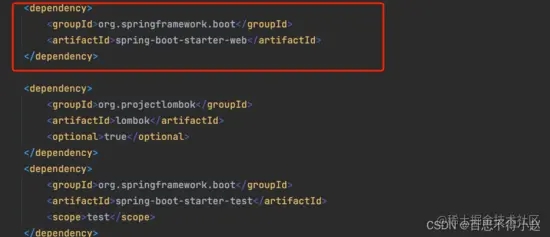
package com.zhao.demo.controller;
import org.springframework.beans.factory.annotation.Autowired;
import org.springframework.data.redis.core.RedisTemplate;
import org.springframework.web.bind.annotation.GetMapping;
import org.springframework.web.bind.annotation.RequestMapping;
import org.springframework.web.bind.annotation.RestController;
/**
* @author xiaoZhao
* @date 2022/9/6
* @describe
*/
@RestController
@RequestMapping("/redistest")
public class RedisTestController {
@Autowired
private RedisTemplate redisTemplate;
@GetMapping
public String testRedis(){
// 设置值到reids
redisTemplate.opsForValue().set("name","jack");
// 从redis中获取值
String name = (String)redisTemplate.opsForValue().get("name");
return name;
}
}
③ 启动Spring Boot工程,在浏览器上向接口发送请求:
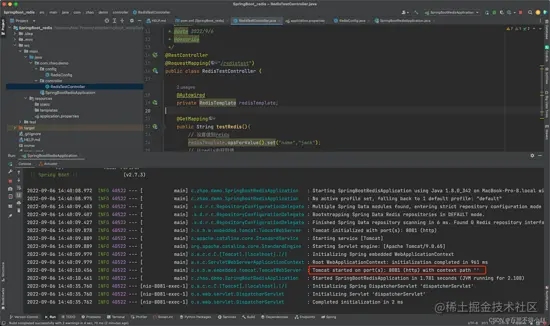
项目启动成功,向 /redistest 接口发送请求
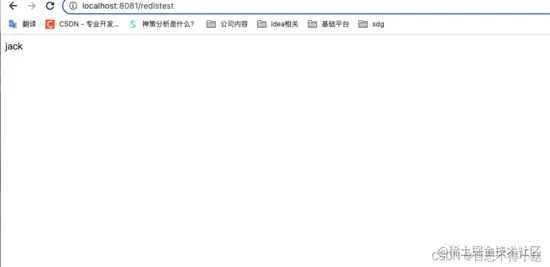
请求发送成功,获取到数据,测试成功,至此Spring Boot整合 Redis所有步骤已经完成,更多关于SpringBoot整合NoSQL Redis的资料请关注好代码网其它相关文章!

